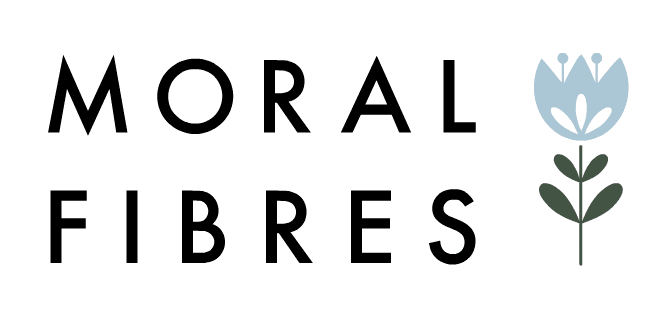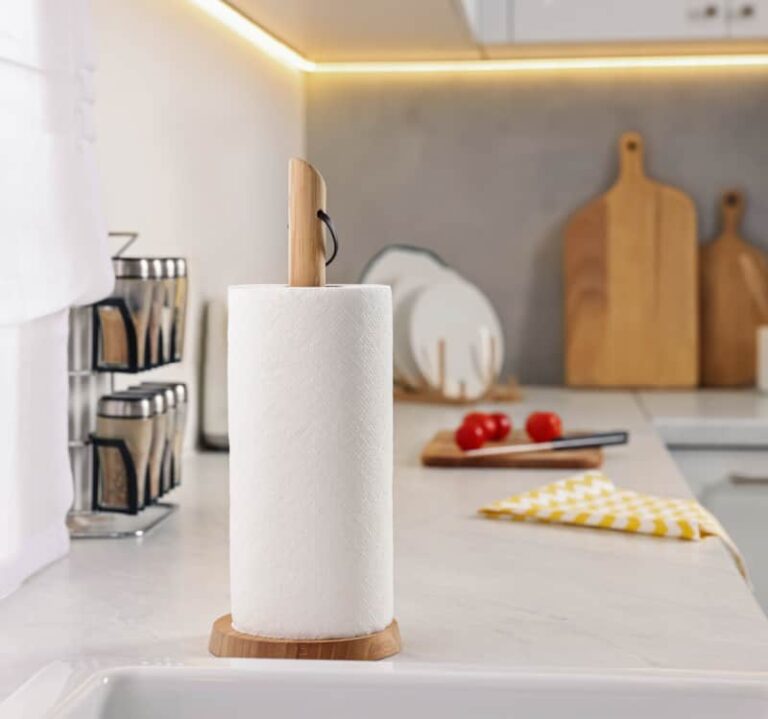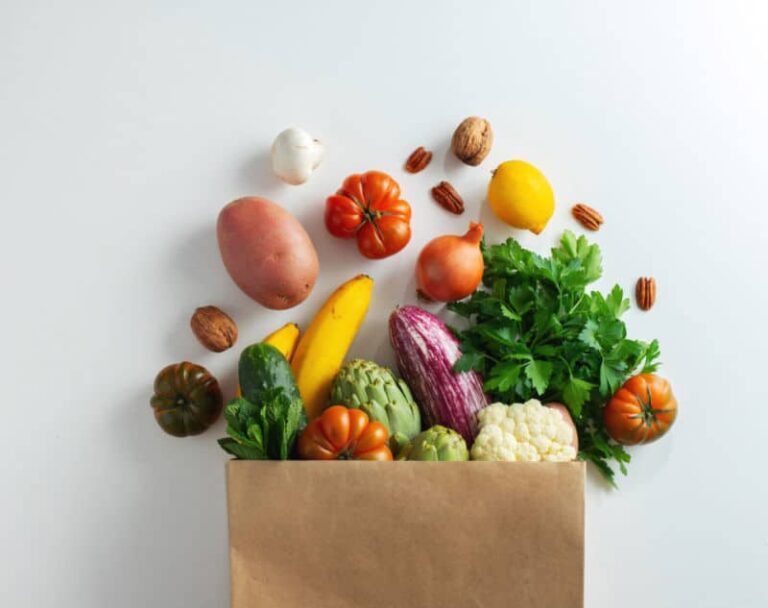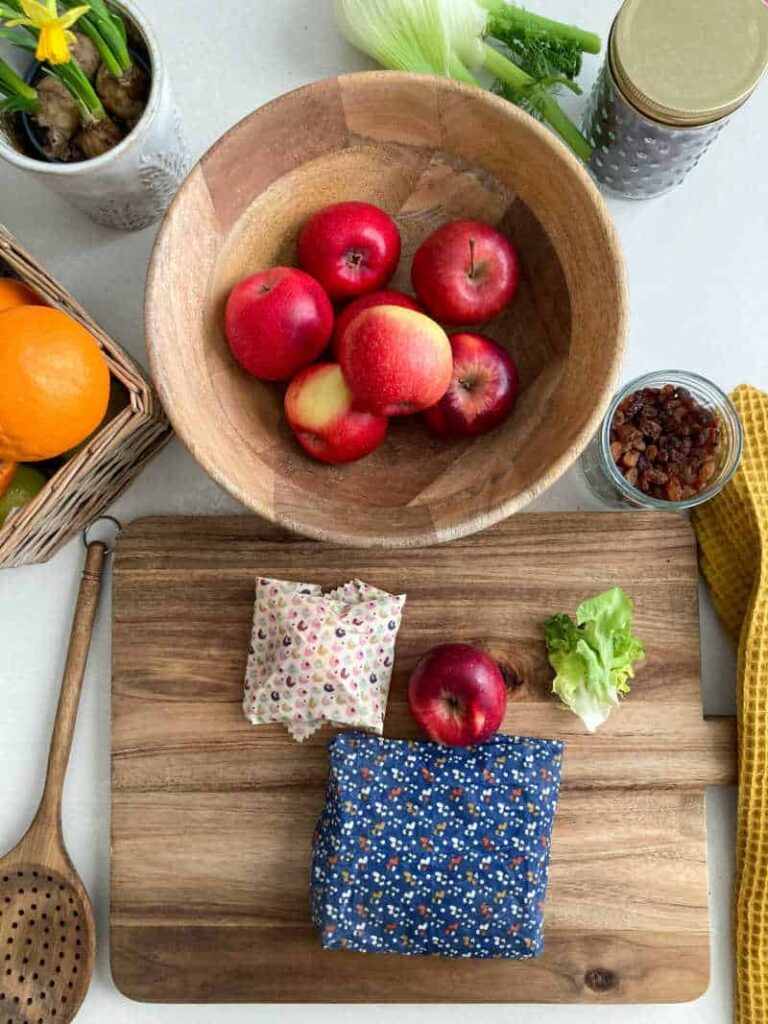The 18 Best Things You Can Recycle For Money In The UK
Looking to earn a little extra cash while keeping your stuff out of landfill? Try my guide to the best things you can recycle for money, and see how much you can earn from what would otherwise go to waste. Recycling might be good for the planet, but did you know it can also be…












